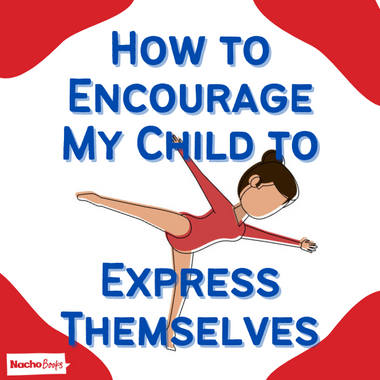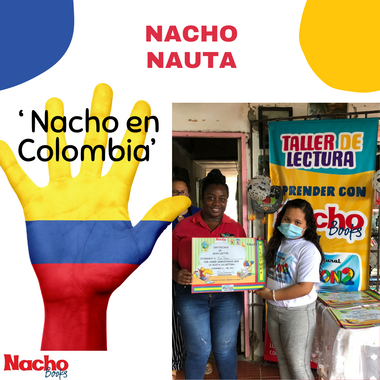Children learn through a variety of ways, it could be either through visuals, audio, or kinesthetic (hands-on learning). The most effective way, however, is to involve all of these methods so students can have a variety of ways they can take in new information. Most teachers and parents are aware of audio and visual learning methods which include auditory learning meaning that a student learns most effectively by listening. They would prefer listening to a lecture over reading a textbook or hearing the instructions for a project instead of figuring it out hands-on. On the other hand, visual learning is a learning style where a learner needs to see information in order to process it. Visual learners can utilize graphs, charts, maps, diagrams, and other forms of visual stimulation to effectively interpret information. Children learn through a variety of ways, it could be either through visuals, audio, or kinesthetic (hands-on learning). The most effective way, however, is to involve all of these methods so students can have a variety of ways they can take in new information. Most teachers and parents are aware of audio and visual learning methods which include auditory learning meaning that a student learns most effectively by listening. With this method, students would prefer listening to a lecture over reading a textbook or hearing the instructions for a project instead of figuring it out hands-on. On the other hand, visual learning is a learning style where a learner needs to see information in order to process it. Visual learners can utilize graphs, charts, maps, diagrams, and other forms of visual stimulation to effectively interpret information. However with the rise of technology in the classroom and the effects of online schooling. children are learning less through kinesthetic learning.
What is kinesthetic learning?
Kinesthetic learning refers to a hands-on learning style in which learning takes place by the students carrying out physical activities, rather than listening to a lecture or watching demonstrations. In young children, kinesthetic learning can look like learning through play either indoors or outdoors. However, I will be focusing on sharing the benefits of outdoor play.
What are the benefits of outdoor play (kinesthetic learning)?
- Stimulates a child’s senses (touch, hearing, sight, smell, taste)
- Helps children be physically healthier by enhancing sleep and receiving vitamin d from playing under the sun
- Promotes strong motor skills as children are doing physical exercises.
Here are some outdoor activities you can try with your children or students!
For these activities, you can use the practice vocabulary words found on pages (32-36) that the book Nacho Escribe A has. For example the words; sol, serpiente, sandia, sapo, pulpo.pez, policia,medusa, tierra. These activities are recommended for students who are beginning to read from ages 4-6 who are both native and nonnative Spanish.
- Play word soccer! Tape word cards to soccer cones and set them up in a straight line in front of the cones. Tell students to read each of the words as they dribble around the cones. When they get to the end of the cones, students get to take a shot. You can also play by kicking the ball. Set up all of the cones at the end of the yard. Then, call out a word and students will try to hit the correct cone with the ball.
- Play Yard cleaning! Before playing, prepare a bin with a recycling sign on it and write the practice words on ping pong balls. Then, pretend to be a litterbug throwing recycling (the ping pong balls) all over the yard. Try to spread them out. The rule is that students must call out the word/letter before running it back to the bin to clean up the yard.
Subscribe to El Rincón del Nacho Nauta for more activities and how to use our Nacho books!
Written by: Valeria Flores. University of California Los Angeles. Bachelor of Arts in Spanish and Linguistics. Bilingual teacher.




 How to Encourage My Child to Express Themselves
How to Encourage My Child to Express Themselves
 How Do Other Countries Celebrate Halloween?
How Do Other Countries Celebrate Halloween?
 Learn more about the Patio Cultural Macon2 foundation!
Learn more about the Patio Cultural Macon2 foundation!
 ¡Conoce más sobre la fundación Patio Cultural Macon2!
¡Conoce más sobre la fundación Patio Cultural Macon2!
 Nacho's work in Colombia!
Nacho's work in Colombia!
 ¡La labor de Nacho en Colombia!
¡La labor de Nacho en Colombia!
 Christmas Traditions of Latin America
Christmas Traditions of Latin America

